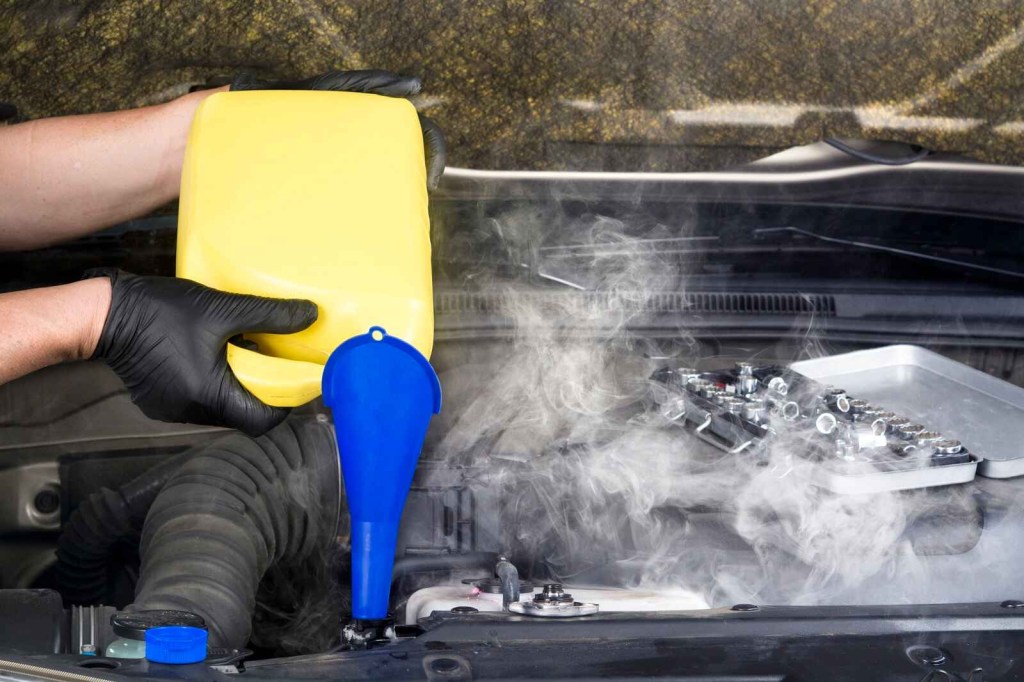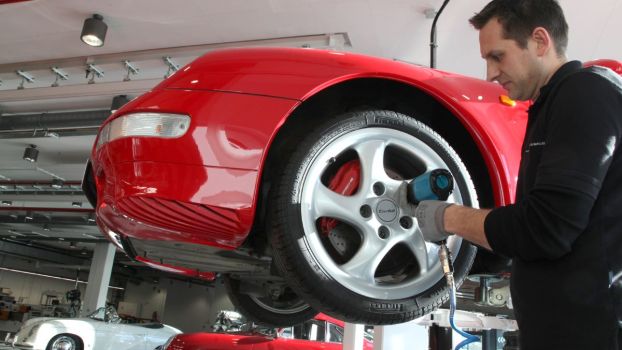
Why Head Gasket Sealer Is Almost Never Worth It
Every year, thousands of people pour “magic” elixirs into their car’s fluid systems to miraculously stop leaks. Unfortunately, even when instructions are followed exactly, head gasket sealers can actually cause more damage than the original coolant leak.
Coolant leaks are a frustrating part of car ownership. Often unexpected, they can stem from a simple broken hose to a major internally placed component. Left unaddressed, even a small coolant leak can cause serious car trouble. Prolonged overheating leads to engine damage that can require rebuilding or walking away from the car entirely.
While many folks experience temporary success with these products, others suffer tremendous consequences. Typically, their woes are caused by two recurring patterns: improperly diagnosed coolant leak causes (it’s not the head gasket), and/or the sealer is improperly administered.

Head gasket sealer can be a risky bet
The sealer is supposed to be used when someone has determined beyond a reasonable doubt that the head gasket is damaged or unable to sit properly. The product is meant to fill gaps, cracks, and uneven surfaces between the gasket and the cylinder head.
Often, cylinder head gaskets are damaged from another underlying cooling system issue. The level of damage is important to evaluate. Many folks administer sealer without actually testing the cooling system. The sealer bonds to everything open in what should be a closed system. It can enter areas it shouldn’t. At its worst, it can seize internal engine components, like valves and pistons. A cooling system pressure test and a cylinder leakdown test are usually performed by a certified mechanic before head gasket replacement.
The procedure for head gasket sealers sounds simple. But if you’re not really a DIY-er or you have someone doing it who isn’t well-versed with cooling systems, things can go wrong. You still have to:
- Open and drain down the cooling system
- Remove the thermostat
- Follow a multi-step, multi-hour process with the product
- Put the thermostat back in
- Bleed, fill, and burp the cooling system
That’s assuming nothing else comes up. Overall, product reviews are often critical. They cite that the sealer was only a very temporary fix, if it worked at all.
No doubt, there are use cases where folks are happy with the results. Some are thankful for the head gasket sealer as an alternative to visiting a shop. In many cases, though, you’re spending a bit of money (and a lot of time) now to pony up the repair amount (or worse) later anyway.





